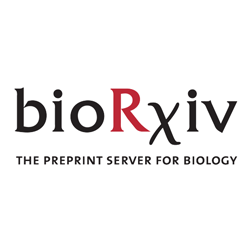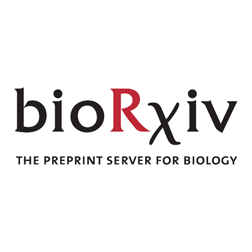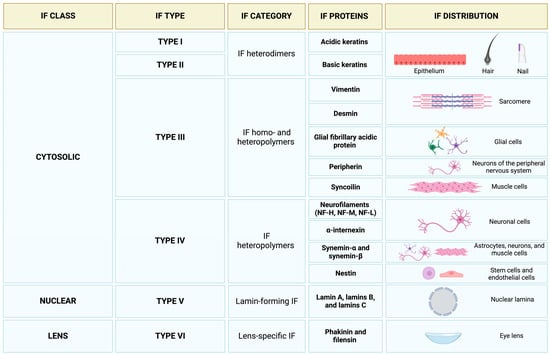"Theory of multiscale epithelial mechanics under stretch: from active gels to vertex models"
https://www.biorxiv.org/content/10.1101/2025.03.23.644792v1?rss=1 #Cytoskeletal #Mechanical #Mechanics

"Theory of multiscale epithelial mechanics under stretch: from active gels to vertex models"
https://www.biorxiv.org/content/10.1101/2025.03.23.644792v1?rss=1 #Cytoskeletal #Mechanical #Mechanics

"Time irreversibility, entropy production and effective temperature are independently regulated in the actin cortex of living cells"
https://arxiv.org/abs/2503.17016 #Physics.Bio-Ph #Cytoskeletal #Dynamics #Actin

"Dynamic cytoskeletal regulation of cell shape supports resilience of lymphatic endothelium"
https://doi.org/doi:10.1038/s41586-025-08724-6
https://pubmed.ncbi.nlm.nih.gov/40108458/
#Cytoskeletal #Mechanical
"Cytoskeletal repair: Zyxin relieves actin stress from the inside out"
https://doi.org/doi:10.1016/j.cub.2024.12.055
https://pubmed.ncbi.nlm.nih.gov/39999785/
#Cytoskeletal #Mechanical #Actin
"Axonal Mechanotransduction Drives Cytoskeletal Responses to Physiological Mechanical Forces"
https://doi.org/doi:10.1101/2025.02.11.637689
https://pubmed.ncbi.nlm.nih.gov/39990487/
#Mechanotransduction #Cytoskeletal #Mechanical

"Multi-kinesin clusters impart mechanical stress that reveals mechanisms of microtubule breakage in cells"
https://doi.org/doi:10.1101/2025.01.31.635950
https://pubmed.ncbi.nlm.nih.gov/39974990/
#Cytoskeletal #Mechanical #Kinesin #Force
"Form and function in biological filaments: A physicist's review"
https://arxiv.org/abs/2502.12731 #Physics.Bio-Ph #Cond-Mat.Soft #Cytoskeletal #Elasticity

"From Cell Architecture to Mitochondrial Signaling: Role of Intermediate Filaments in Health, Aging, and Disease"
https://doi.org/doi:10.3390/ijms26031100
https://pubmed.ncbi.nlm.nih.gov/39940869/
#Cytoskeletal #Mechanical #Cell

"Mechanics of Single Cytoskeletal Filaments"
https://doi.org/doi:10.1146/annurev-biophys-030722-120914
https://pubmed.ncbi.nlm.nih.gov/39929532/
#Cytoskeletal #Cytoskeleton #Mechanical #Mechanics
"Multi-kinesin clusters impart mechanical stress that reveals mechanisms of microtubule breakage in cells"
https://www.biorxiv.org/content/10.1101/2025.01.31.635950v1?rss=1 #Cytoskeletal #Mechanical #Kinesin #Force
"The dynamic crosstalk between cytoskeletal filaments regulates the cytoplasmic mechanics across the dorsoventral axis"
https://doi.org/doi:10.1242/jcs.263464
https://pubmed.ncbi.nlm.nih.gov/39886815/
#Cytoskeleton #Cytoskeletal #Mechanical #Mechanics
"Density-dependent flow generation in active cytoskeletal fluids"
https://doi.org/doi:10.1038/s41598-024-82864-z
https://pubmed.ncbi.nlm.nih.gov/39732914/
#Cytoskeletal #Actomyosin #Dynamics
"Localized spatiotemporal dynamics in active fluids"
https://doi.org/doi:10.1103/PhysRevE.110.054409
https://pubmed.ncbi.nlm.nih.gov/39690636/
#Cytoskeletal #Mechanics #Dynamics
"More ATP Does Not Equal More Contractility: Power And Remodelling In Reconstituted Actomyosin"
https://arxiv.org/abs/2108.00764 #Physics.Bio-Ph #Cond-Mat.Soft #Cytoskeletal #Mechanical #Actomyosin
"We show that migrating #neurons in mice possess a growth cone at the tip of their leading process, similar to that of #axons, in terms of the #cytoskeletal dynamics and functional responsivity through protein tyrosine #phosphatase receptor type sigma (PTPσ). Migrating-neuron growth cones respond to chondroitin sulfate (CS) through PTPσ and collapse, which leads to inhibition of #neuronal migration."